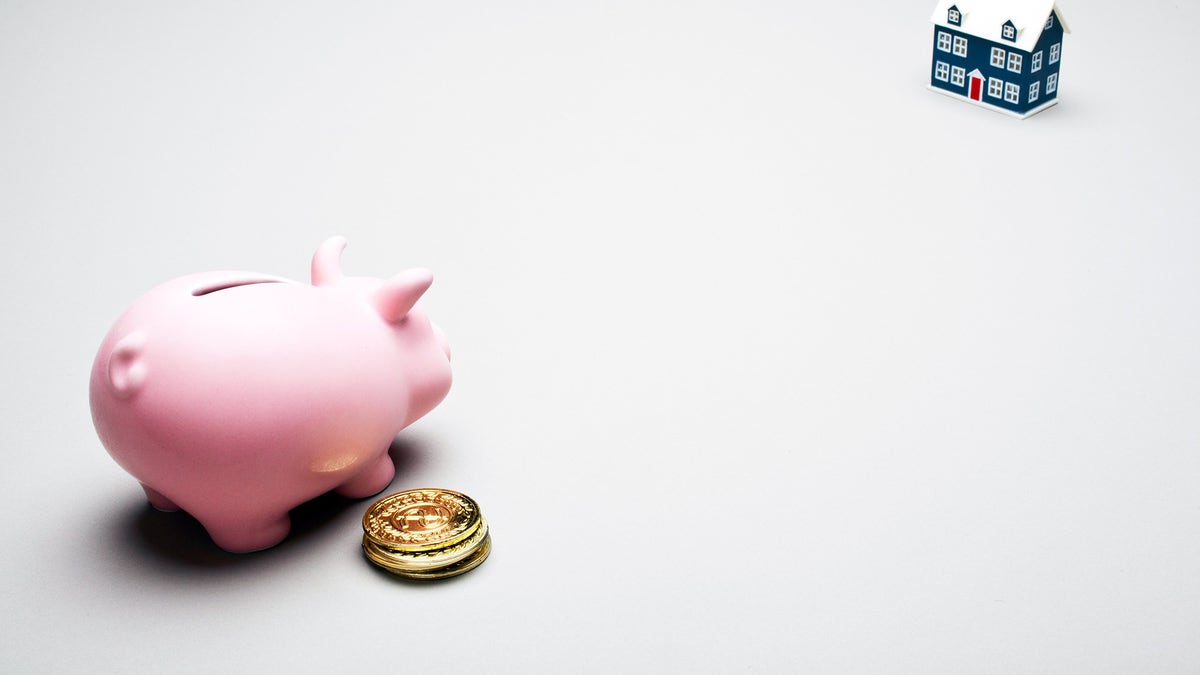
house-in-distance ((c) William Andrew)
Renters everywhere are feeling the constraints of rising rents. Higher rents erode your ability to save the cash you need to buy a home. Your living situation becomes a Catch-22: the longer you rent, the bigger percentage of your discretionary income you may need to save to offset rent increases.
Saving up to buy a home is no easy feat. You typically need at least a minimum of $20,000 to cover a down payment plus closing costs. That's because you'll need at least a 3.5% down payment to qualify for a mortgage and closing costs can be around $7,000 to $10,000 (about 2% to 3% of the purchase price). This goes without saying, but the higher the home price, the more funds you will need for the down payment.
(Keep in mind, you'll also need a good credit score to qualify for the best mortgage rates. You can get your credit ready to buy a home by checking your free annual credit reports at AnnualCreditReport.com and looking at your credit scores for free each month on Credit.com.)
Picture this scenario: you're diligently putting away at least 15% of your gross monthly income to buy a home in the near future. If your income is $8,333 per month ($100,000 a year) either from you or a spouse or combined, you would be saving $15,000 per year (or $1,250 a month) to meet that 15% mark.
Savings tip: A 15% home savings rate is a figure you may want to aim for if you make at least $60,000 a year and are looking to buy a house within the next two years. In some markets, however, your savings rate may need to be higher to be consistent with the cost of living in that area.
As demand for housing remains strong, monthly rents are subject to change commensurate with what the market will bear. Let's say your rent payment is $2,200 per month now, but rises to $2,500 due to housing market changes. You would need to find a way to recover the $300 increase if that money was formerly going into your savings fund. How do you do it?
How to keep rent increases from ruining your plan
Taking no action and using the money you would be saving for a home to cover the higher rent payment will lengthen your home-buying trajectory as your savings rate diminishes. With the rent now at $2,500 and your annual income still at $100,000, your savings rate, as a consequence of losing that $300, falls to 11.4% a year.
You may still get you a home, but will perhaps have to look for one in a lower price range or a different neighborhood. Alternately, you can lengthen your timeframe for making your purchase. You can also cut expenses to offset the rent increase. Here are a few ways to possibly do so:
- Cut an expense equal to the rent increase. Sounds obvious, but if you can find another spending area to cut back on (Daily Starbucks? A rarely used gym membership? Online shopping?) rather than diverting the home savings to cover your higher rent, you'll be able to stay on track.
- Look for a new place with a lower rental obligation. The process might be difficult, but could be worth it for the greater good of buying a home in the near future.
- Move in with family to aggressively save for your new house. Going from $2,200 a month in rent to $0 can super-accelerate your home-buying timeline.
- Get a roommate to help pay the rent and offset the increase.
- Lock in your rental amount with a lease, keeping in mind that a lease binds you to the property. This contract, however, might not be such a bad thing if the term of the lease is consistent with your savings and home-buying plan.
- Consider buying a home sooner, if you're financially able to do so. Many 401(k) and retirement fund accounts allow for special privilege borrowing provisions to buy a primary residence. If you have a slush fund in your 401(k), this could be a good option and the money comes out of your paycheck pre-tax. -- -- -- This article was written by Scott Sheldon and originally published on Credit.com.